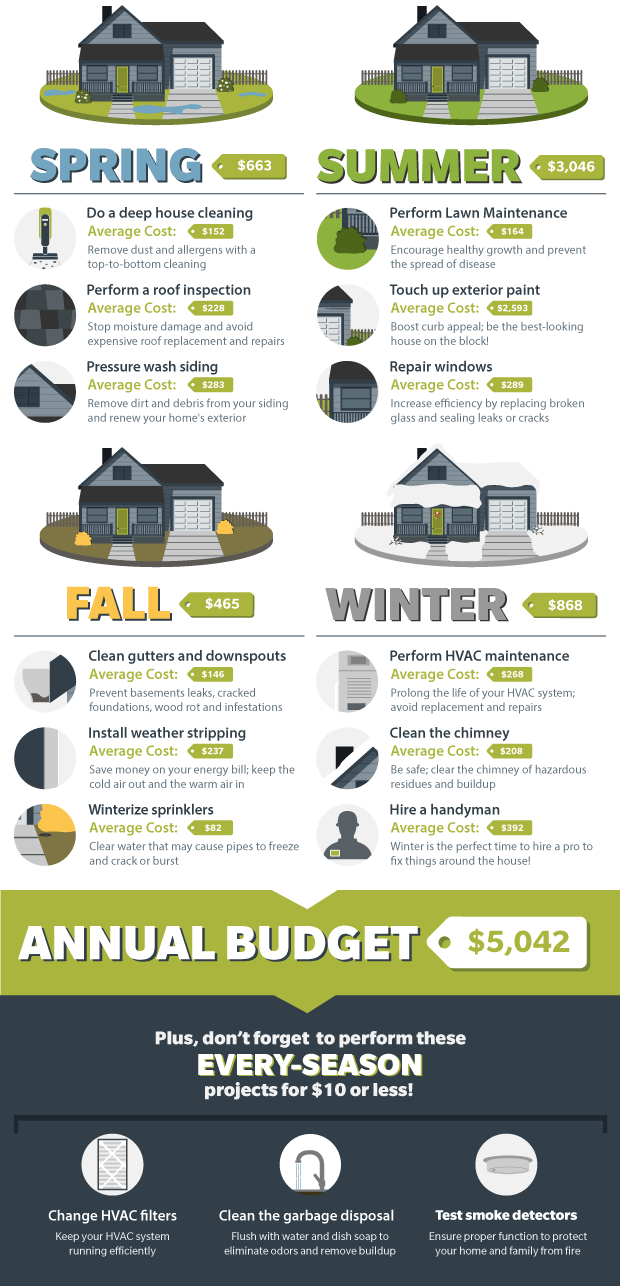The Duty Of Roofing Air Flow In A Successful Installation
The Duty Of Roofing Air Flow In A Successful Installation
Blog Article
Content Author-Lassiter copyright
When you're taking on a roof job, you may not think much concerning roofing ventilation, however it's more essential than you recognize. Efficient air flow assists manage temperature level and wetness in your attic, preventing issues like mold and mildew and structural damages. By recognizing just how to make and set up a well balanced ventilation system, you can enhance power performance and extend the life expectancy of your roof products. So, what are the essential aspects to consider throughout installment that can make all the distinction?
Significance of Roofing System Air Flow
Roofing ventilation plays a critical duty in preserving the total health of your home. By enabling fresh air to circulate via your attic, it helps manage temperature and wetness levels. This equilibrium is vital to protect against warmth build-up during warm months, which can result in boosted power prices as your a/c burns the midnight oil.
Moreover, appropriate air flow considerably minimizes the threat of moisture-related concerns like mold and mildew and mold. If humidity degrees climb, your home's structural integrity can be jeopardized, leading to costly repairs. https://www.businessobserverfl.com/article/roofing-executive-convicted-in-dollar2m-ppp-loan-scam wouldn't want to deal with deteriorating timber or warped roof materials, right?
In addition, appropriate ventilation prolongs the life expectancy of your roofing system. When warmth and wetness are kept in check, your roofing system can do optimally, stopping early damage. This indicates less headaches and expenditures down the line.
Exactly How Roofing Ventilation Functions
Reliable roof air flow relies on the all-natural motion of air to produce a balance between intake and exhaust. When you install vents, you're basically permitting fresh air to enter your attic while making it possible for warm, stale air to get away. This process aids control temperature level and moisture levels, stopping problems like mold growth and roofing system damages.
Intake vents, typically found at the eaves, draw in great air from outside. At the same time, exhaust vents, located near the ridge of the roof covering, allow hot air surge and exit. The distinction in temperature develops an all-natural airflow, known as the pile impact. As warm air rises, it creates a vacuum cleaner that draws in cooler air from the lower vents.
To maximize this system, you need to ensure that the intake and exhaust vents are properly sized and positioned. If the intake is restricted, you won't achieve the wanted ventilation.
Also, insufficient exhaust can trap warmth and dampness, leading to prospective damages.
Key Setup Considerations
When setting up roofing system air flow, numerous key factors to consider can make or damage your system's performance. First, you need to analyze your roof's style. The pitch, shape, and materials all affect airflow and air flow option. See to it to choose vents that match your roofing kind and neighborhood environment conditions.
Next, take into consideration the placement of your vents. Ideally, you'll desire a balanced system with consumption and exhaust vents placed for optimal air movement. Place consumption vents short on the roof covering and exhaust vents near the optimal to encourage an all-natural circulation of air. This setup aids protect against wetness build-up and promotes power efficiency.
Do not forget about insulation. Correct insulation in your attic stops heat from running away and keeps your home comfortable. Guarantee that insulation doesn't obstruct your vents, as this can hinder air flow.
Lastly, think about upkeep. Select ventilation systems that are very easy to access for cleansing and assessment. Regular upkeep ensures your system remains to work properly gradually.
https://emergency-roof-repair83849.blog-eye.com/33374980/sustainable-roofing-options-eco-friendly-solutions-for-your-home , roof ventilation is necessary for an effective setup. By making sure appropriate air movement, you can avoid warmth build-up and moisture problems that lead to expensive damage. When you tactically setting intake and exhaust vents, you enhance power efficiency and extend the life expectancy of your roofing. Bear in mind, a well-ventilated roofing not just safeguards your financial investment however also boosts your indoor air top quality. So, focus on air flow to make sure a resistant and economical roof for your home.
